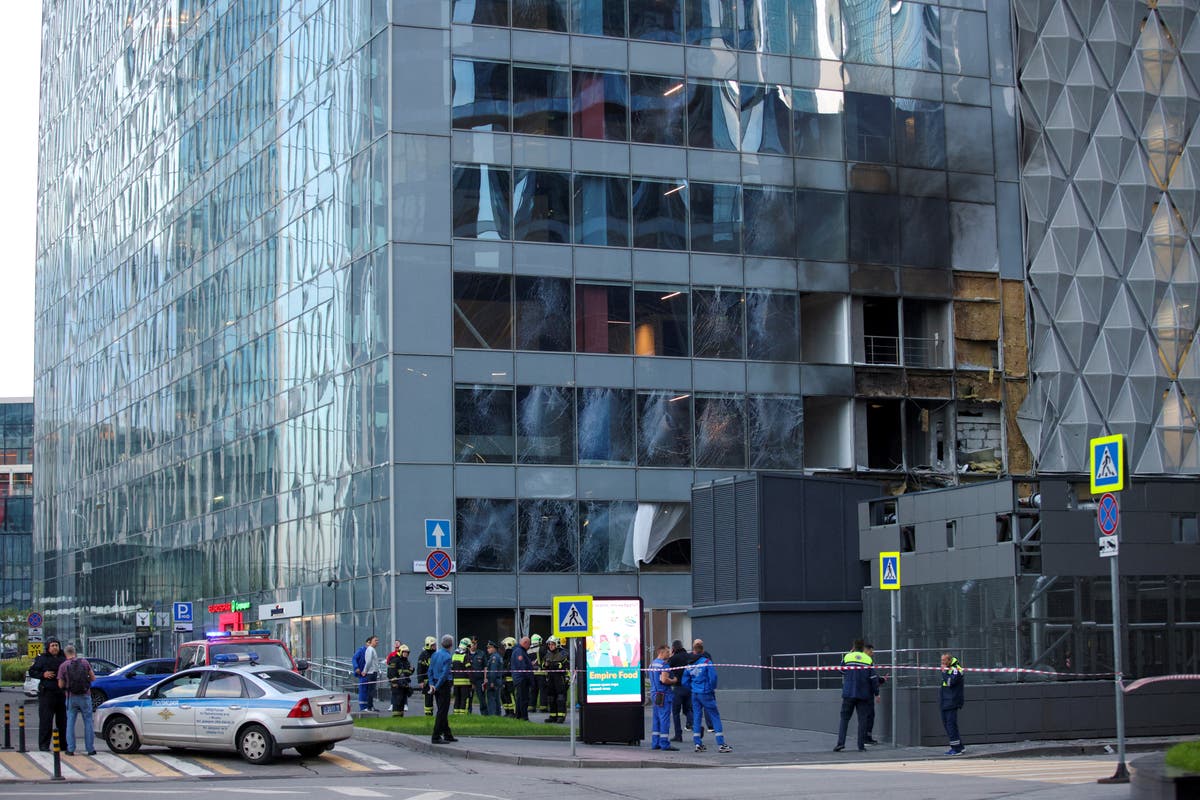The key thing you can do to reduce emissions
Comment
The Government’s emissions reduction plan can only do so much – individuals need to adjust their lives and diets if we are to cumulatively avoid the worst levels of global heating, writes Pat Baskett.
Only a brave government, or an exceptionally strong one, would do what is necessary to keep global heating to that increasingly elusive 1.5 degree rise. The Emissions Reductions Plan makes a start. The real changes we need to make, for example in our energy use, in the way we travel and on our farms hide somewhere in the wings.
Nobody disputes the need to extend our 80 per cent renewable electricity to 100 per cent, but what’s missing in that goal is an important calculation. It concerns the proportion of energy we get compared to the amount we’ve had to use in its production. This is the EROEI equation – energy returned on energy invested.
Renewables have a comparatively low EROEI of between 8-15:1 according to the type of renewable. Nothing will ever return as much energy so cheaply as coal and gas did last century. We would be wise to be prudent.
An ERP that had in its sights avoiding 3 degrees by 2100 – the current risk according to climate scientists – would go beyond energy efficiency and securing supply. It would include measures to limit energy use and even to ration what we have.
But who would vote for a government that proposed a wartime footing for something as basic as energy? Thus we have an ERP that ensures the growth-based economy endures as we make incremental changes to the way we go about our daily lives.
The May 28 2022 issue of The Lancet, the British medical journal, has an editorial on climate change which opens: “Are we fools?……we have badly underestimated the scale of the changes we must make to the world’s economy to limit global warming….the energy transition from fossil fuels to renewables will be far more unpredictable than first envisaged.”
This underestimation is no more evident than in the strategy for agriculture.
Admittedly reducing methane from animals is a hard call. We’ve grown up on the benefits of exporting butter and beef to Britain and milk powder to countries where dairy was never a part of people’s diets. Added to the methane from animals is the CO2 from the coal that will heat Fonterra’s boilers until 2037.
Agriculture, the ERP reminds us, provides 10 percent of GDP, 65 percent of our export revenue and employs nearly 12 percent of the workforce. Maori are estimated to own 30 percent of our sheep and beef production and 10 percent of dairy.
Agriculture also produces 50 percent of our gross emissions, of which 3.9 percent are nitrous oxide emissions from fertiliser. The reduction target for biogenic methane (from animals) is 10 percent by 2030. If Covid came from cows, what would we have done?
We owe more than affluence to agriculture. From it comes the Kiwi rural culture of self-sufficiency, the number eight wire do-it-yourself and outdoor physicality on which our sporting successes have thrived. But nothing lasts forever. The peculiarly sweet smell of cows is now a stench from herds of 500 to 1000, just as the landscape of green deserts is no solace to the eye.
And we lament our loss of biodiversity.
A brave ERP on agriculture would start by acknowledging the crucial finding of international climate science – that to survive this crisis the world should take meat and dairy out of their diets. Okay .. drastically reduce the amounts we eat. Calculations from multiple sources show the production of animal-based food requires a disproportionately huge land area for minimal protein and calories.
It’s also been calculated as the most effective emissions-reducing action individuals can take.
This truth will trickle down as global heating reduces the areas where animals can be raised and water becomes a fought-over resource.
What is the prognosis, then, for an economy such as ours in a world that is already experiencing life-threatening heatwaves? If we’re concerned about insuring our coastal properties as we measure the rising sea levels, why are we not also researching diversification of our export base and planning for the next transition in our rural communities?
Only my generation remembers that the Canterbury Plains once produced most of the wheat we ate – with comparatively minimal demand on water. The ERP’s strategies for agriculture look neither back nor very far forward.
By how much will the incorporation of dairy into the Emissions Trading Scheme in 2025 reduce our overall emissions? Actually, not much – the reduction target for biogenic methane by 2030 is only 10 percent relative to 2017.
Yet methane is receiving increased attention from overseas experts because its effects in the first 20 years of its life are up to 80 times stronger than CO2.
So we have another reason for beginning the process of restructuring agriculture and reducing ruminant numbers. (We also have to fix the methane leaks in natural gas pipelines.)
But the ERP’s four focus areas for agriculture are designed to ensure productivity continues as usual.
The first focus, on getting agriculture into the ETS, requires all farms to be able to measure and document their emissions and have a farm plan to manage those emissions. This by December 31 this year. Will it be a difficult and possibly demoralising exercise for farmers?
Focus area 2 concerns the acceleration of new mitigation technologies, in other words speeding up research into methods of reducing the amount of methane in the animals’ guts. Progress has not been exactly speedy considering this research has consumed $200 million over the past 10 years.
One minor “success” has been the selective breeding of lower methane emitting sheep.
Investigations include work on finding “methane and nitrous oxide inhibitors and a methane vaccine for ruminants”, solutions said to be still several years away. In the meantime, industrialised dairy farming will continue with its dependence on supplementary feeds. And its damaging effects on soils and waterways.
Seaweed, said to be less methane-producing, is a possible replacement for palm kernel. Reduction of herd sizes doesn’t get even a murmur despite some evidence that this can be done with minimal compromise on incomes.
Regenerative agriculture, where the effects on methane of different pastures, soil health and achieving more milk with fewer cows are major features, has a brief section towards the end. More research is needed, it’s claimed, “to understand and measure the potential environmental benefits of regenerative agriculture.” Nature-based solutions rank high in the ERP and this could be one for agriculture.
Farmers need help, one way or another. A new Centre for Climate Action on Agricultural Emissions will be established “to drive a step change in research, development and commercialisation of emissions reduction technologies.”
Focus area 3 describes specialised climate-focused extension services to help farmers get to grips with “emerging technologies and practices” whatever these might be. Will the financial help that’s available include swapping an old ute for an electric one? How many farmers will want to become horticulturalists?
Resilience is crucial. There’s a key comment right at the end which hints, in its wordiness, at a moment of doubt:
“The Government’s climate focused extension and advisory services have the main goal of reducing emissions but may lead to discussions regarding adaptation if emissions reduction opportunities are limited. This will be the case also if predicted climate change makes the current land use unviable, less productive, or unsafe for producers.”
What a useful starting point this would have been.
– The Lancet editorial, apart from the opening phrase, was quoting indirectly from “The New Map: Energy, Climate and the Clash of Nations” by Daniel Yergin






